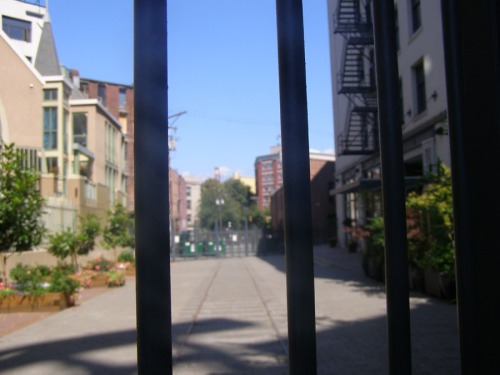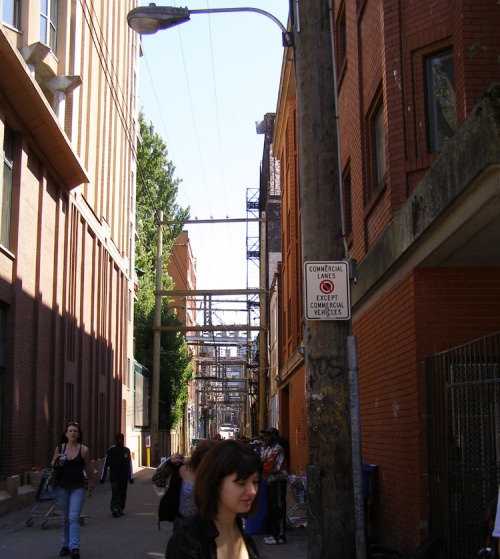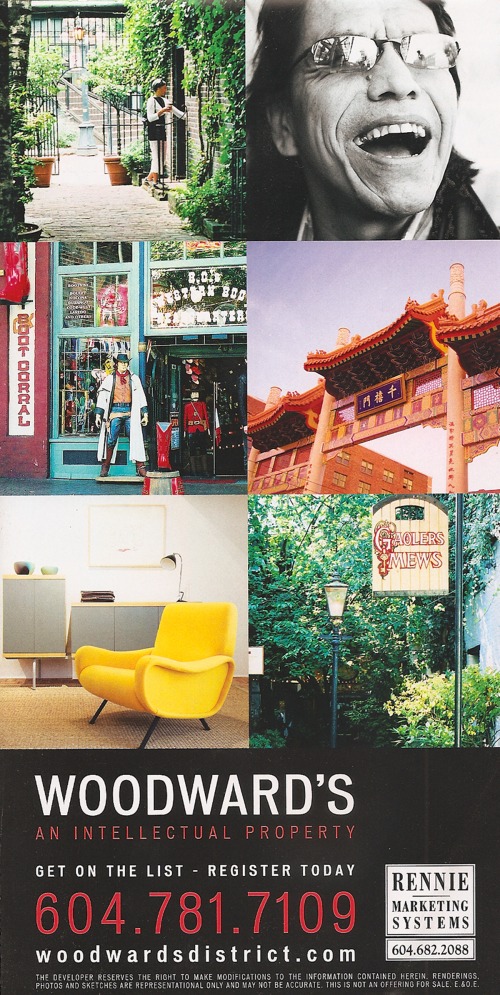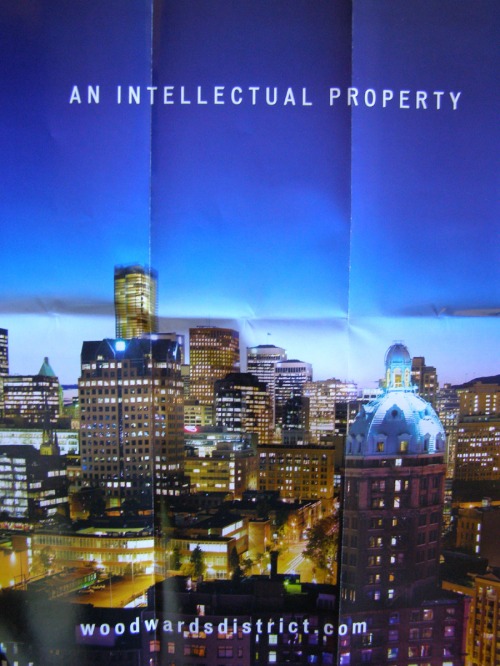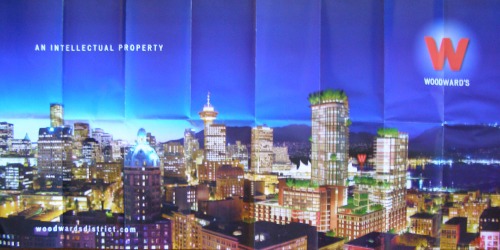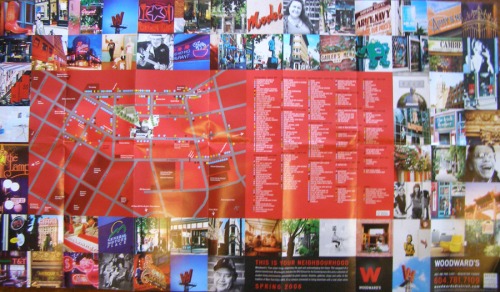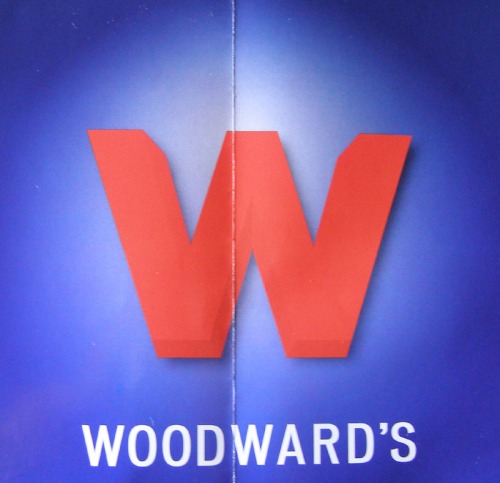Think City, a well-funded think tank dedicated to urban issues, thinks we should sell the 250 very expensive social housing units in the Athlete’s Village and use the money to buy more and cheaper social units in another part of town.
In my humble, inexpert and under-funded opinion there is a simpler, more responsible, and more cost-effective solution to this whole issue:
We should make the Athlete’s Village 100% social housing, and convert part of it to a satellite care hospital.
1.2 billion dollars – feds, province, city each in for $400 million – and voila! the epidemic homelessness, addiction, and mental health issues in Vancouver will be solved as soon as the torch gets snuffed.
Announced while the eyes of the world are upon us.
THINK about it.
Federal and provincial infrastructure funding budgets are in the Tens of Billions; an obscene amount of taxpayers’ money. But there is no plan that exists at any level that would accomplish anything close to this for a mere 1.2 billion dollars.
The current housing/health course set by the Province, and seconded by Think City, will surely take at least a decade, tens of billions of dollars, and exact a long, drawn-out toll of suffering while only accomplishing half as much.
But this way, the bang for our tax bucks would be both instantaneous and accrue over time (for starters, think: inflation + Chudnovsky’s estimate on the homeless health care savings over ten years + 15 additional development sites within City limits to recoup on + not having to pay Bob Rennie’s commission). The fact that it is luxury housing is irrelevant in the context of these kinds of numbers.
And if we are going to have any serious shot at becoming the Greenest City and solving homelessness anytime soon, it will take bold strokes like this, will it not? Going green means taking social responsibility, NOW.
The legacy left would be Olympian, the PR potential limitless. Knighthoods could even be in the offing.
Best of all, warm fuzzies would be felt around the world.
And did I mention that billions and billions of taxpayers dollars could be saved over the next ten years? Money that could be better spent on other things.
And that years of certain misery for thousands of people will be avoided?
That’s all the legs of the stool, folks. That’s walking the talk.
So, seriously, can anyone out there present a more sensible, ethical, efficient, health conscience and cost-effective plan?
What on earth could make Vancouver look better than this when the eyes of the world are upon us AND in ten years?




